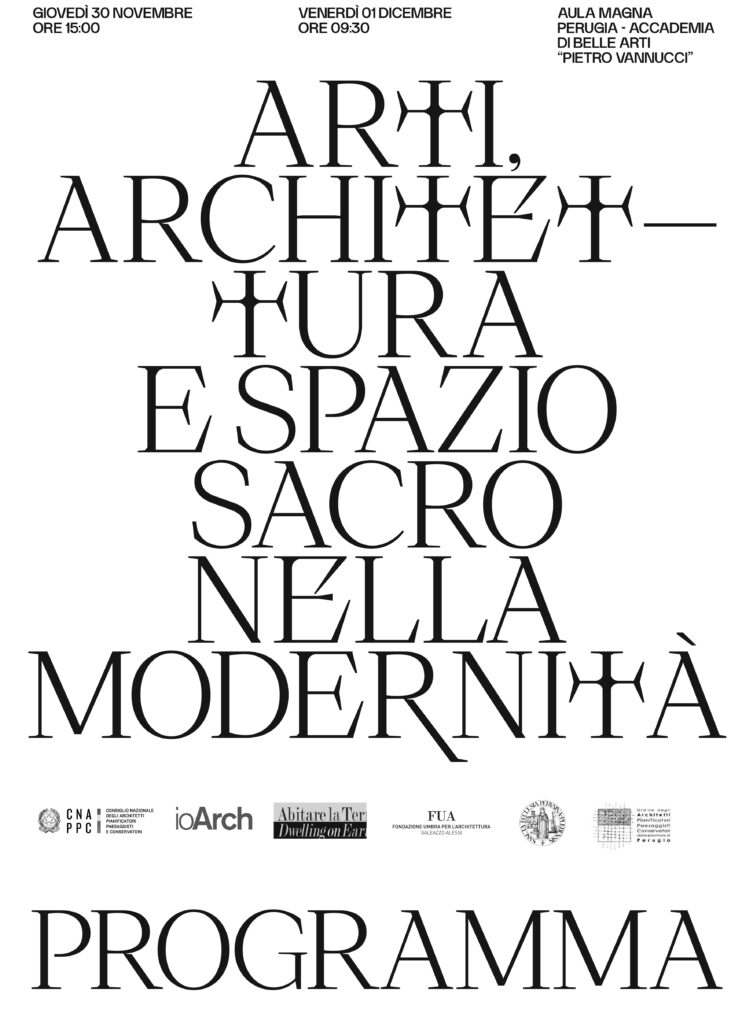

Dutch architect and Benedictine monk Hans van der Laan (1904-1991) was an architect, as well as an artisan, liturgist, theologian, and man of prayer. He spent his life studying human perceptions of proportion in a search to understand how we recognize objects whose sizes and shapes are related. Inspired by his studies he invented the plastic number proportional system. By applying the plastic number to the design of architecture he aspired to address the conflict between the limitlessness of nature and the limited perceptive and cognitive aptitudes of human beings by creating intelligible architectures.
While Van der Laan’s theory has aroused the interest of scholars worldwide, the role that ornamentation played in his work has not been deeply investigated yet and would require more attention. Indeed, even if Van der Laan’s architectures appear to be devoted to abstraction, achieved through a lack of ornamentation, a more careful looking would reveal another point of view on the subject. Ornamentation has indeed a role in Van der Laan’s building. It is meant to fraction architecture elements into parts and emphasize their proportions so that they become clearly recognizable. In the theory of the plastic number ornament has a complementary role to the full expression of the intelligibility of architecture.
Ornamento e intelligibilitá della forma nell’opera di Hans Van der Laan
Conference presentation
Tiziana Proietti
ARTI, ARCHITETTURA E SPAZIO SACRO NELLA MODERNITÁ | chair: Danilo Lisi | 1 December 2023